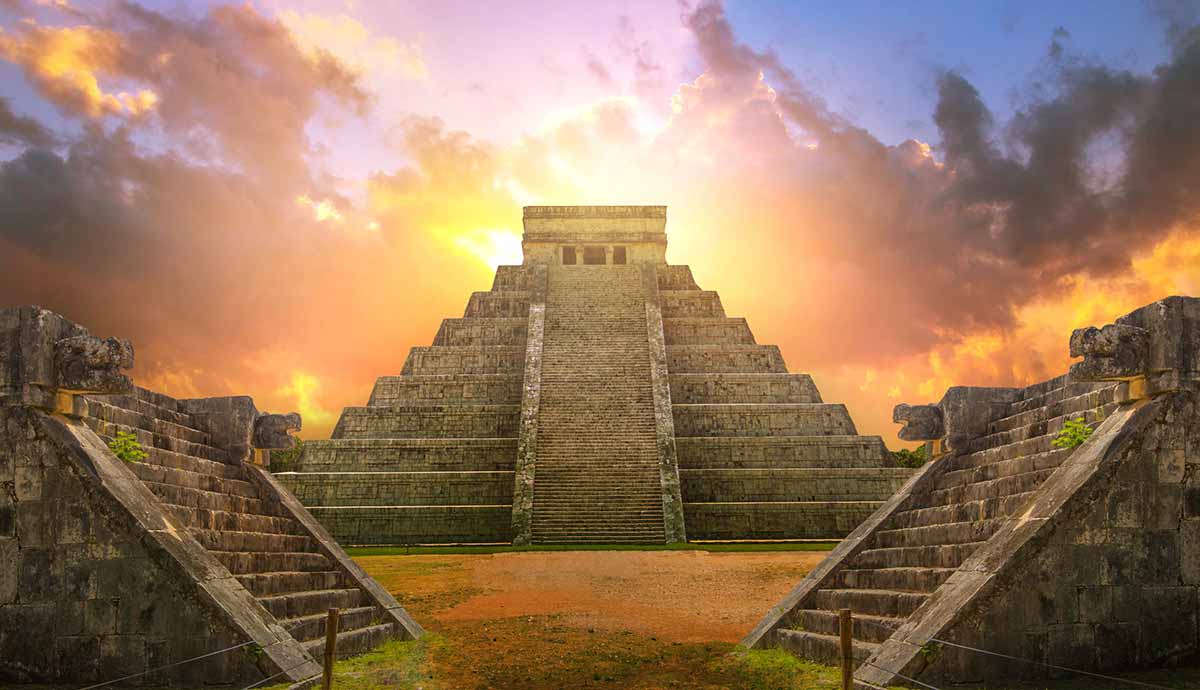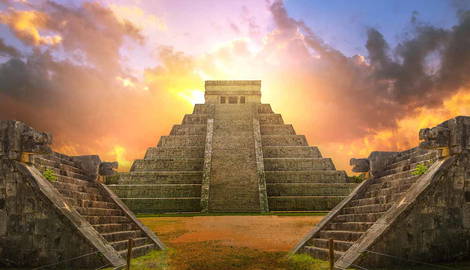
One of the seven wonders of the modern world, and a UNESCO World Heritage Site, the ancient Mayan city known as Chichen Itza is enriched with evocative stories about the way the people of the past once lived. As much as the preserved ancient city on Mexico’s Yucatan Peninsula draws tourists from near and far, Chichen Itza is also an archaeological site which continues to undergo extensive historical research. We now know about the ancient people who built the city over many centuries, who were known as the Itza, or the ‘water witches,’ but there is still much to be uncovered. Let’s take a closer look at the founders of Chichen Itza, and passed its legacy from one generation to the next.
Chichen Itza Was Founded by Ancient Mayans

The founders of Chichen Itza were an ancient Mayan people known as the Itza. They were a powerful group who had gained power in the Yucatan peninsula since the preclassical period of 1500 BC to 300 CE. While accounts vary on the exact date when a society first settled here, the general consensus places its foundations during the early to late 400s CE. These early settlers established an architectural style known as Puuc, named after the Puuc hills in the surrounding area. Their buildings were designed to face inwards to a ceremonial plaza, and constructed from stone, which often featured intricate decorative elements. These buildings are situated in an area of the site now known as Chichen Viejo, or ‘old Chichen’, to the south of the main plaza.
They Named the Site After Themselves

The name of the site, Chichen Itza, tells us much about the history of the site’s foundation. It is taken from the Mayan phrase meaning “at the mouth of the well of the Itza.” The well referenced in the site’s name is the Xtoloc Cenote, one of several water-filled sinkholes connected to a series of underground rivers which became the water sources for the civilizations who settled here. The water sources allowed Mayan people to survive and thrive in the area, and as such they believed the water had sacred, spiritually significant properties. Prior to their arrival here, evidence in the Books of the Chilam Balam (Chilam Balam meaning Secrets of the Soothsayers) suggests the original site had a different name, which roughly translates as Uuc Yabnal, Uuc Habnal, Uuc Hab Nal or Uc Abnal.
The Founders Were Known as the Itzaes, or ‘Water Witches’

The founders of Chichen Itza became known as the ‘water witches’ due to their connection with the sacred wells in the area. Their name, Itza, can be translated into two words – ‘its’ meaning ‘magic’, and ‘a’, meaning ‘water’, thus meaning “magicians of the water.’ Because the area was largely dry and barren, the ability to seemingly retrieve water out of the ground without a visible source appeared magical to the ancient people, hence the evolution of their name. They frequently made human sacrifices into the well, or threw in worldly goods in order to worship Chaac, the Mayan god of rain. Archaeological evidence has revealed the luxury goods that people deposited, which included pottery, gold, and objects made from precious jade, along with human remains.
The City and Its Inhabitants Changed Over Time

Archaeological evidence suggests Chichen Itza was invaded by foreigners during the 10th century CE, although their exact identity remains unclear. They might have been other Itza, Mayans influenced by the Toltecs of central Mexico, or perhaps even the Toltics. The city reached the peak of its supremacy from the 10th to the 13th centuries as these new settlers took hold. It was during their reign that many of the site’s greatest monuments were constructed, including the famed El Castillo stepped pyramid temple.
However, when the city was uncovered by the Spanish during the 16th century, it had been clearly abandoned. Since being discovered by explorers during the 19th century, Chichen Itza has remained a place of great archaeological significance, and a popular tourist spot where visitors from around the world can marvel about the ancient people who once thrived here.










